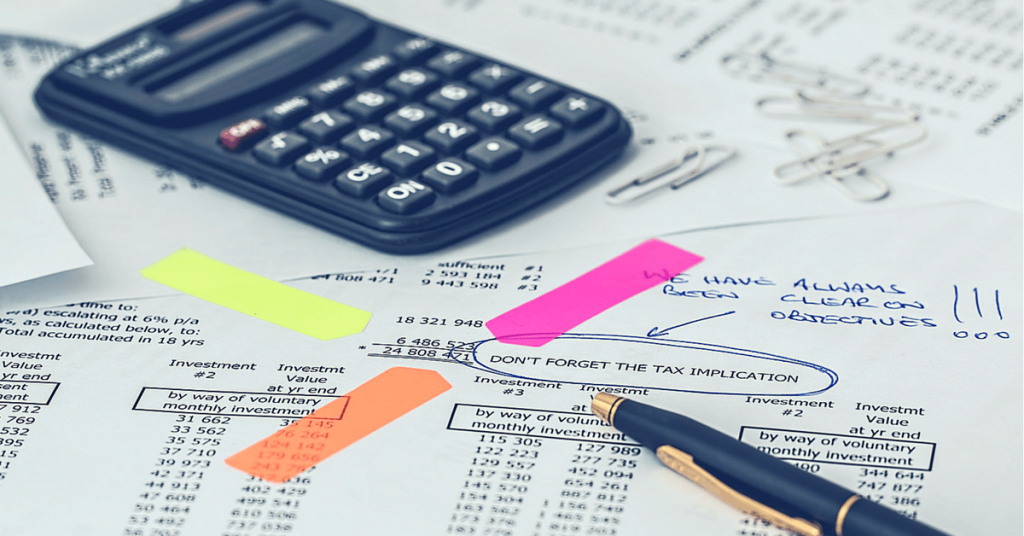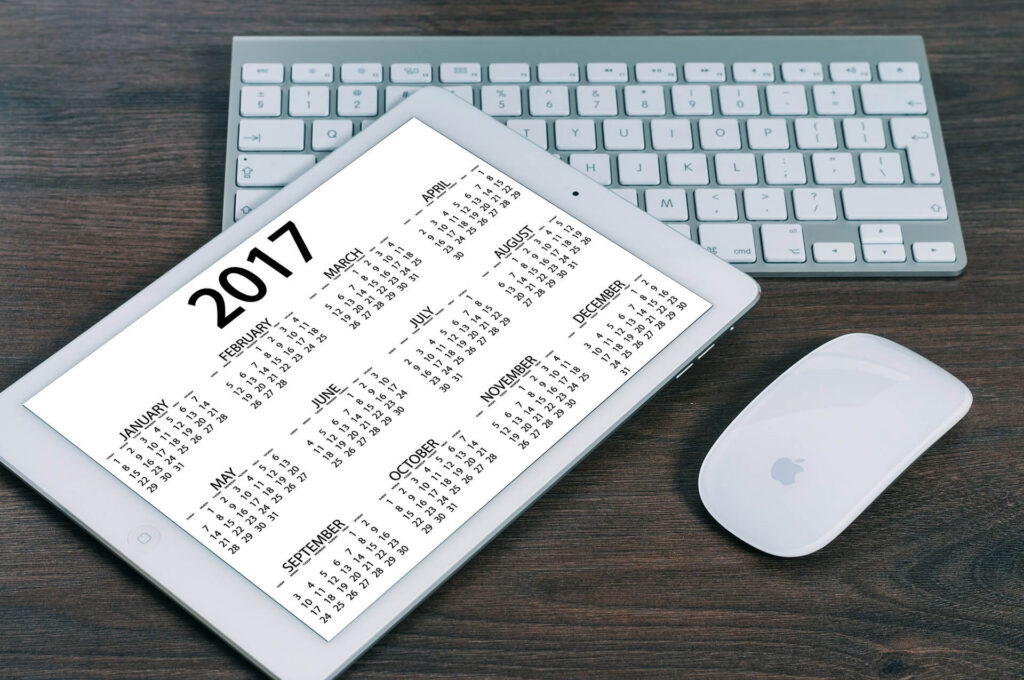Everything You Need To Know About Tax Planning
Tax planning is an exercise performed to meet your tax obligations in a systematic manner keeping in mind your current financial status. Further, it includes your larger financial plan after calculating your age, financial goals, risk appetite, and investment horizon.
Tax as you would know is a fee charged by the government on a product, service, or income.
It is an obligatory payment made by citizens to the government.
For this reason, you can aim to reduce your tax liability and protect their hard-earned money.
You can lower your total tax outflow by accounting for all payables, permissible exemptions, deductions, and reliefs available to you under the Tax Act. Hence, tax saving activity is part of the whole tax planning exercise, whereby you as a tax payer can reduce your total tax liability.
But many a times, tax payers in order to save tax make investments without being aware about the financial product. And end up investing in inefficient tax saving instruments.
Therefore, tax planning exercise is as crucial as you plan for your other financial goals. And remember to commence your “tax planning” exercise well in advance and complement this with your overall investment planning exercise.
By adapting to this method of “tax planning”, you not only ensure long-term wealth creation, but also protect your capital. It will enable you to save more through tax planning and fulfil many of your dreams in life.

Know the rules for claiming dependents.
Claiming a dependent on your tax return can make a huge difference to your taxes.
The IRS allows you to take a $4,000 exemption for each dependent. In addition, you can claim certain expenses for dependents, such as childcare costs, medical expenses and tuition payments.
It’s clear that your children who live with you all year are your dependents.
However, the rules can be a bit complex if you share custody of a child with someone, help support an elderly parent, or if a relative or nonrelative lives with you.
Sometimes, planning how much you spend in one year or how many days the dependent lives with you can make a significant difference in the tax benefit you receive.
Estimate your tax impact before you sell major assets.
Some of the best opportunities for saving taxes come when you expect to sell an asset.
For example, say you are thinking about selling the home you’ve lived in for 18 months. Its value has increased over the years, and if you live in and own the home just six more months – until the two-year mark – you may qualify to exclude all of the gain from your taxable income. (If you meet certain exceptions, such as a job transfer, you may be able to exclude the gain even if you don’t live in the home for the full two years.)

Get Private Health Insurance
Having Private Health Insurance (hospital cover) means that you do not have to pay the ‘Medicare Levy Surcharge’.
There’s often confusion when clients have hospital cover, but they still pay Medicare Levy. That’s because there’s two types of Medicare payments on your tax:
Medicare Levy (all individuals pay this, and it is calculated at 2% of your taxable income if you’re earning more than ~$27k)
Medicare Levy Surcharge (additional 1% to 1.5% depending on your income)
You need to pay the Surcharge component if you’re single and earn over $90k, or have a spouse and together your income combined is more than $180k – and you don’t have private health insurance (hospital cover).
Of course if you, or you and your spouse do hold the hospital cover, you do not have to pay the surcharge component.
If you earn $300k, you’d be up for $4,500 in Medicare Levy Surcharge alone.
And Hospital Cover may only cost you $2,000 to take out!
On that maths, you’d be up $2,500.
So if you’re over the income threshold ($90k if you’re single, or $180k if you have a spouse, incomes combined), or are creeping toward it, it may be worth taking out cover.
And just as an FYI – Private Health Insurance (extras cover) does not remove the surcharge.

Step Tax Planning Process
- Educate clients – This involves using the TaxFitness newsletter (and other tools) to educate clients on their personal tax situation, tax planning in general and their opportunity to save tax.
- Sell service to client – This is the process used to sell tax planning services to clients.
- Information gathering – For effective tax planning essential client information is collected:
- The group members (i.e. all the
individuals and entities that make up the client’s overall structure),
- Group members’ current year income and expenses,
- Group members’ assets and liabilities.
- Tax strategies database – This explains how the 250 different tax strategies actually work:
- What the tax strategy is,
- How the tax strategy works,
- When to use the tax strategy,
- Average tax deductions created by the strategy,
- The strategy implementation process.
- Selecting tax strategies – This is a two-part process. Firstly, your unique circumstances (identified through step 1) are considered in conjunction with the unique attributes of each available tax strategy. We use a tax strategies database with over 250 strategies. Then secondly, we use tax planning software and our expertise to select up to 10 optimal tax strategies for you.
- Tax savings report – Special tax planning software is then used to produce a report that details the tax savings generated from implementing the selected tax strategies, and the step-by-step process to legally and effectively implement each strategy (including the cost).
- Client discussion and implementation – We then discuss the tax savings report and implementation process with you so you fully understand the options. We can then also implement the strategies for you if you choose to proceed.
The most popular tax deductions
Deductions aren’t as valuable as tax credits, because they don’t produce dollar-for-dollar reductions in tax.
For every $1 you’re allowed to deduct from taxable income, you’ll save a percentage equal to your marginal tax rate. So if you’re in the 24% tax bracket, then a $1 deduction will save you $0.24 in tax. Yet even though those amounts are smaller than what you get from a tax credit, deductions are nothing to sneeze at.
The below deductions are only available if you itemize deductions. Tax filers who take the larger standard deduction won’t receive any extra benefit from these deductible items, and with the standard deduction continuing to rise for inflation, fewer taxpayers are likely to have enough itemized deductions to go above the standard deduction amount.
These are the most popular deductions :
- The mortgage interest deduction allows homeowners to deduct interest on up to $750,000 of mortgage debt, with higher grandfathered deductions on up to $1 million in debt applying to those who had such mortgages outstanding before the beginning of 2018. Certain home equity loans used to purchase, build, or improve your home also qualify for the interest deduction.
- Donations to qualified charities are eligible for a deduction as well. Cash and check donations are deductible and full, and most gifts of property are also deductible up to their fair market value. The key to claiming charitable deductions is to make sure you get the appropriate acknowledgment from the charity that you made the gift, because you’ll need that documentation in order to support your deduction in case you’re audited.
- The state and local tax (SALT) deduction was limited by tax reform, but it hasn’t disappeared entirely. In 2019, you’ll be allowed to deduct up to $10,000 for money you pay to state and local governments in tax. Property tax is always allowed, and you can elect either income or sales tax depending on which amount is higher.


